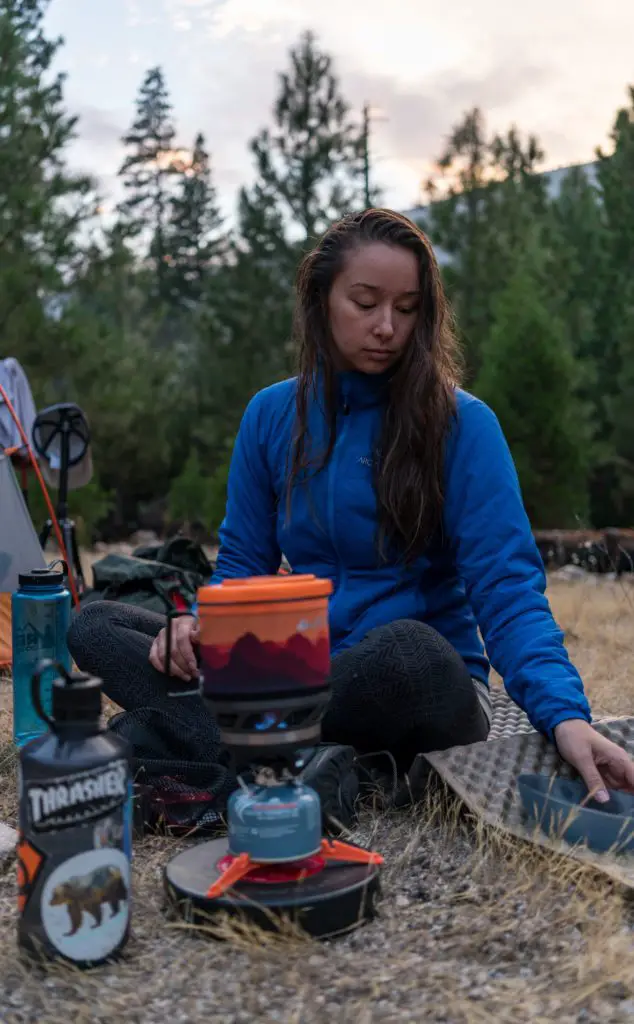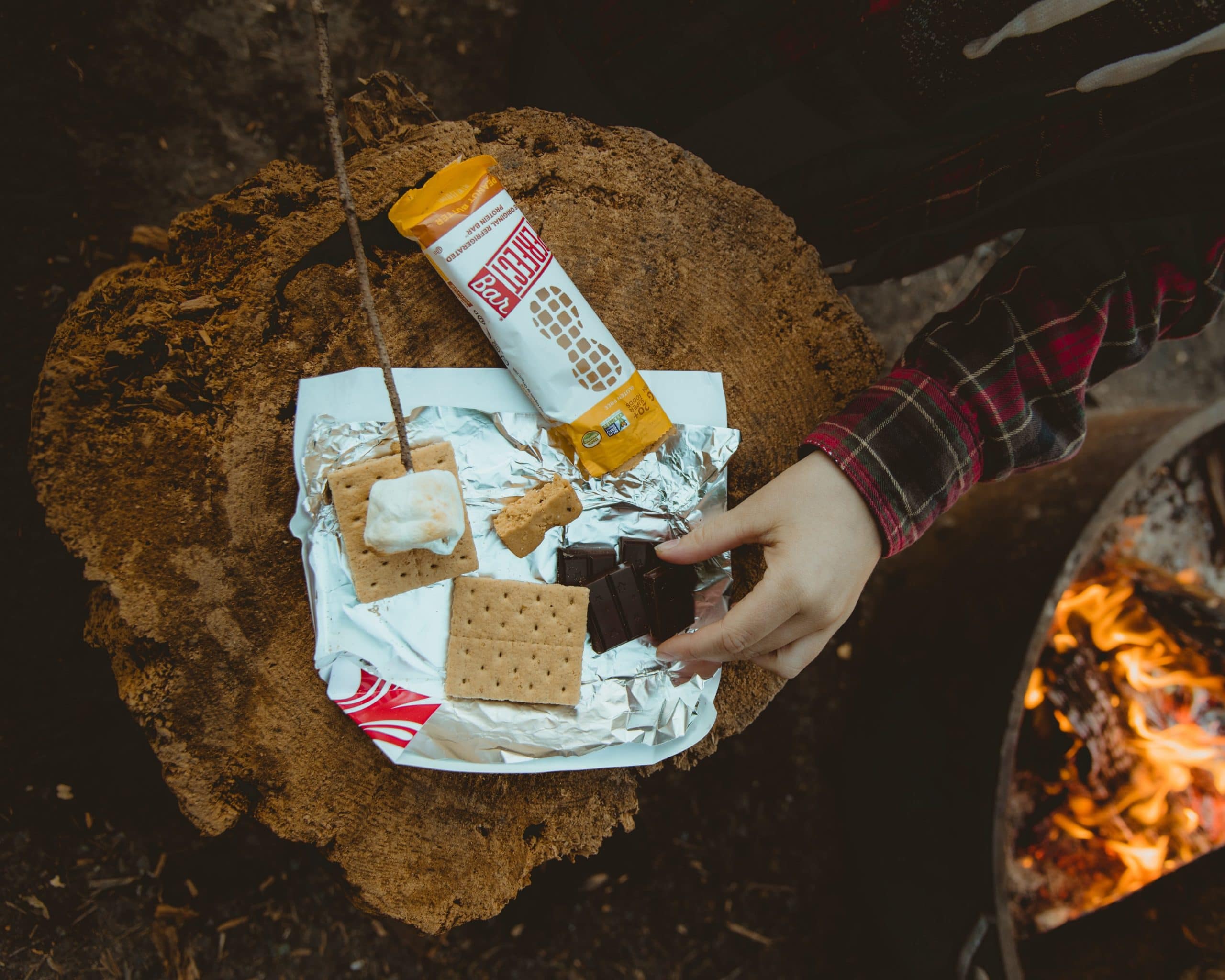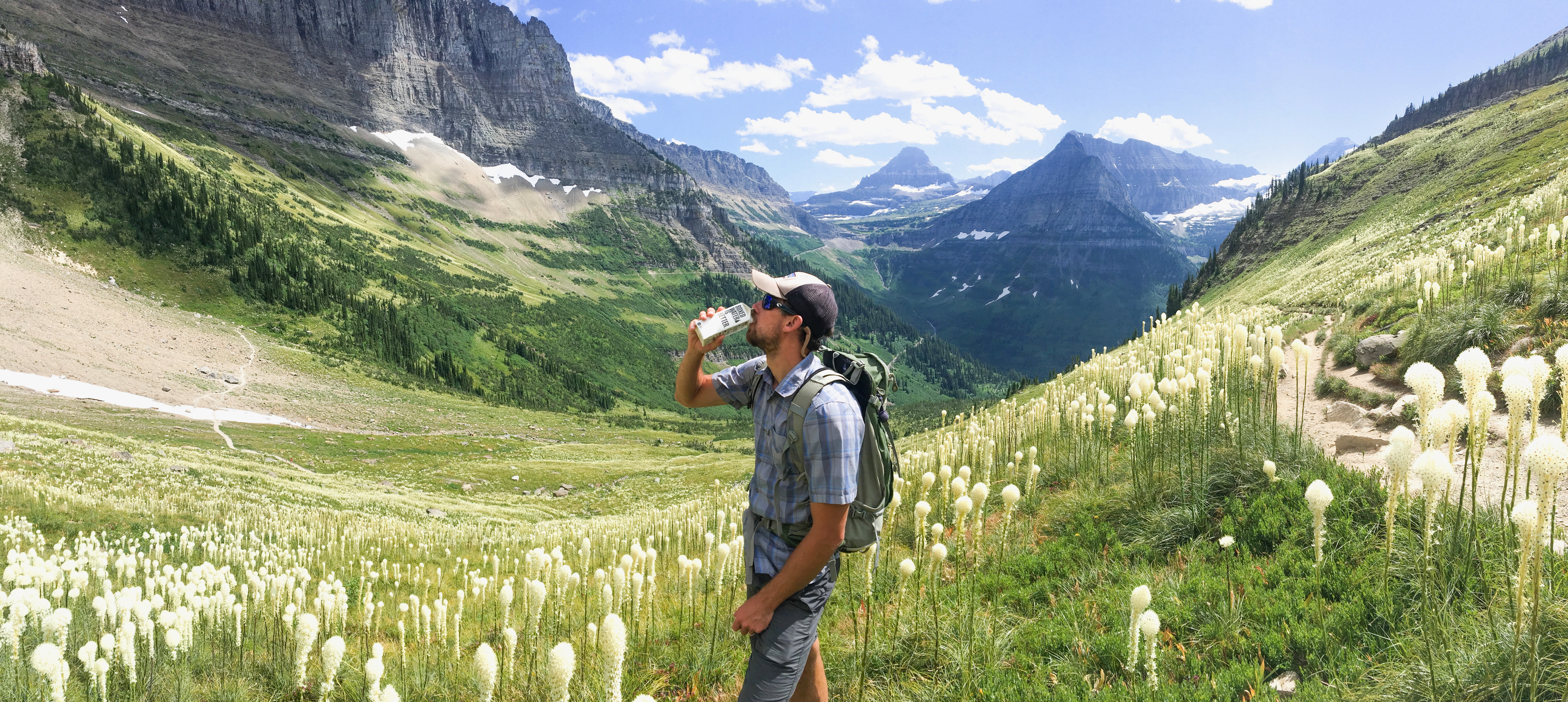Planning a camping trip, a hike or an outdoor activity with buddies and family? Great. One of the smartest things you can do to ensure that you have an awesome time in the outdoors, is to pack right. By packing ‘right’, we don’t just mean including a deck of cards or a teepee tent, but making sure that whatever you do take along, adds value in one way or the other.
Like for instance putting together a survival food kit. Having one that’s ready to use in your home is a lifesaver in these unpredictable times (think hurricanes, flash floods, heavy snow etc). But, when you’re putting together a kit for an outdoor adventure, you want to make sure that your body gets all the nutrition it needs to create awesome memories.
What A Good Survival Food Kit Comprises of:
Simply put, a food survival kit is also called an ‘emergency food kit’ and is food that is already a part of your diet besides being easy to cook. So, food can be categorized as either perishable or non-perishable:
- Perishable food is more nutritious and spoils easily which doesn’t make it the right food type for long term storage unless certain conditions are fulfilled.
- Non-perishable food, on the other hand, lasts much longer and can withstand almost any kind of weather condition.
The Ideal Survival Food Kit Consists of the Following

Easy To Cook
When you’re in the outdoors, the last thing you want is to waste precious time cooking one back-breaking meal after the other. Pack food that is ready within minutes and won’t consume much fuel or require a long boiling time.
Comes In Ideal Package Sizes
Emergency food tends to spoil once the freshness seal is broken. So, the smartest thing to do would be to purchase single serving sachets or containers so that you can consume the whole serving without throwing away anything. Or better yet, opt for packs that can be resealed multiple times so that nothing gets wasted.
Has The Right Calorie Count
When you’re on your feet all day, you need food that has the right calories so that your body doesn’t starve or go into ‘lockdown mode’ where you simply don’t have energy for anything.
Ensure that you eat food that fulfills your daily calorie intake. Plan for anywhere between 1400 to 2000 calories depending on your sex, body type, number of meals per day and your outdoor activity type.
High In Nutrition
Plenty of junk food, desserts and fizzy drinks have high calorie content but that doesn’t make them the ideal food to pack in your food survival kit. What you do need however, is grub from the main food groups that has actual nutrition in it.
Meals that have a healthy serving of carbs, fats and fiber are the right ones to choose. They ensure that you stay full for longer and have the energy to keep moving.
Low In Preservatives
Sometimes, it gets hard to make sense of all the terms that pop up on food nutrition labels. Nutritionists however do warn about the dangers of choosing pre-packaged food that is high in sodium or treats that are chockful of sugar.
Choose foods that are preserved naturally (for example – fruit preserved in its own juice or syrup) or ones which have chemical preservatives in minimum doses.
Lasts Without The Fridge
You most certainly aren’t going to carry your icebox with you wherever you go, and even if you did, it wouldn’t keep your beer chilled beyond a day!
Say no to meals and food that require refrigeration first before consumption because they just aren’t practical. You will be better off with food that is dry as it will last you so much longer.
Food That Is Already Part Of Your Diet
An outdoor adventure is challenging but here’s one thing you should definitely not do- try consuming foods that you have never tried before.
While you’re outdoors, it makes perfect sense to stick to food that agrees with you physically and to avoid trying anything new, just in case you have any adverse allergy reactions.
Avoid Food That Trigger Your Allergies
If you have any dietary allergies or any specific needs, do not forget to address them while putting together your food survival kit.
It is important to remember that getting immediate access to a hospital in case of a reaction to food may not be possible, so pack accordingly. Any product you purchase for consumption should only include the ingredients that are safe for you.
Quick To Prepare
The kind of outdoor activity you choose and the availability of designated spots to make a fire for cooking are two points you will need to think about while deciding what kind of food to take along.
If making a fire isn’t an issue, then take along plenty of pre-packaged food as they often need to be boiled before being consumed. Canned food is a great option to consider if eating hot meals won’t be possible.
Kid Friendly
Anyone who has children knows that what appeals to us may not necessarily appeal to them. If there are kids coming along, then make sure that a few of their favorite treats are packed as well as it will help them enjoy the experience more.
Chocolate, biscuits and even healthy bites like dehydrated veggies & trail mixes are great options for small munches in between meal-times.
Easy to Store
How are you planning to pack your food? Are you taking along airtight containers for smaller snacks and storing liquids in leak proof packs?
Food should be securely packed to avoid leakage. We recommend including pre-packaged food that is freeze dried or dehydrated snacks that do not take up much space.
Food That Isn’t Near The Expiration Date
We get so caught up checking nutrition labels and ingredients, that we often forget to check the expiration dates. Canned and dry food items have longer expiration dates but make sure that you aren’t purchasing food that will spoil while you’re trying to enjoy your time outdoors.
Ideal For The Climate
You need to verify the weather before your decide what to pack in your food survival kit. For instance, taking along only canned food items when you’re headed to a place that has cold weather does not make sense as the cans could explode. In that case, dry food and pre-packaged food makes more sense.
Include Comfort Food

When you think of comfort food, a cheesy slice of pizza probably comes to mind. An outdoor experience is guaranteed to be hard on you physically and mentally, so enjoying a basic meal of comfort food will lift your spirits higher than you can imagine.
You may not be able to bring pizza, but there are many great pre-packaged options that you could look at which focus on comfort food favorites. Pick, choose and pack the ones closest to your heart.
Most Importantly, DO NOT Forget These Food Items
Your Vitamins, Minerals & Other Medication-
If you have a serious medical condition, packing at least 2 weeks’ worth of medication (depending upon how long your trip is) may be advised by your doctor.
Besides, prescription medicine, don’t forget your vitamins and over the counter medication like acetaminophen too. You may not end up using it, but just knowing that it’s at hand will ease your mind and avoid stressful situations.
Pack Bottled Water or Water Pouches
A steady supply of potable water is often overlooked while packing a food survival kit and yet water is one thing you simply will not get enough of, when you’re outdoors in the heat or cold.
Pack enough bottled water and also take along inflatable water bottles which can be filled from freshwater sources when needed.
Putting together your own food survival kit gives you the freedom to customize it as per your outdoor activity, number of family members, specific needs and other dietary requirements.
However, if all that seems like too much effort, then there are plenty of good pre-packaged, freeze dried and dehydrated meals that are available at your local supermarket or even online.

